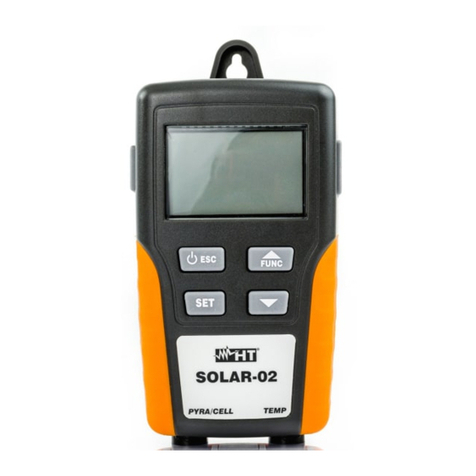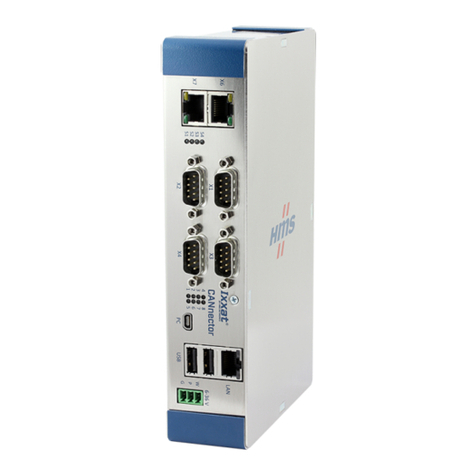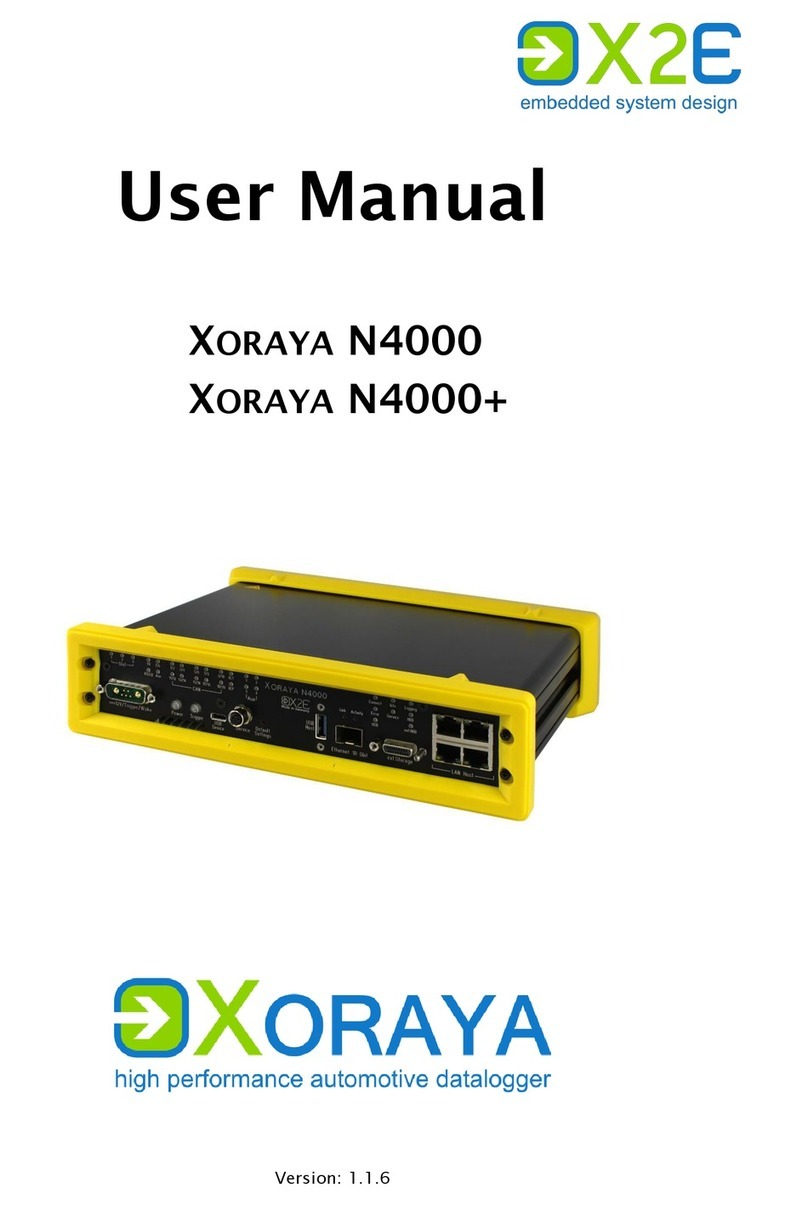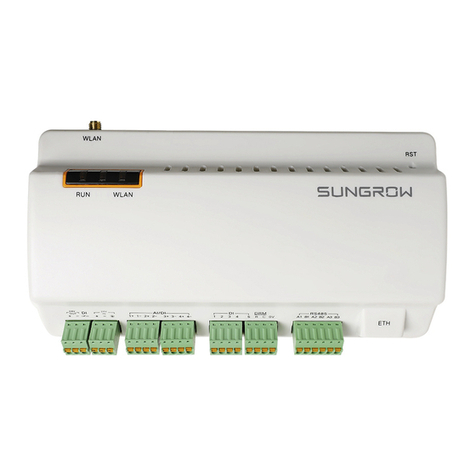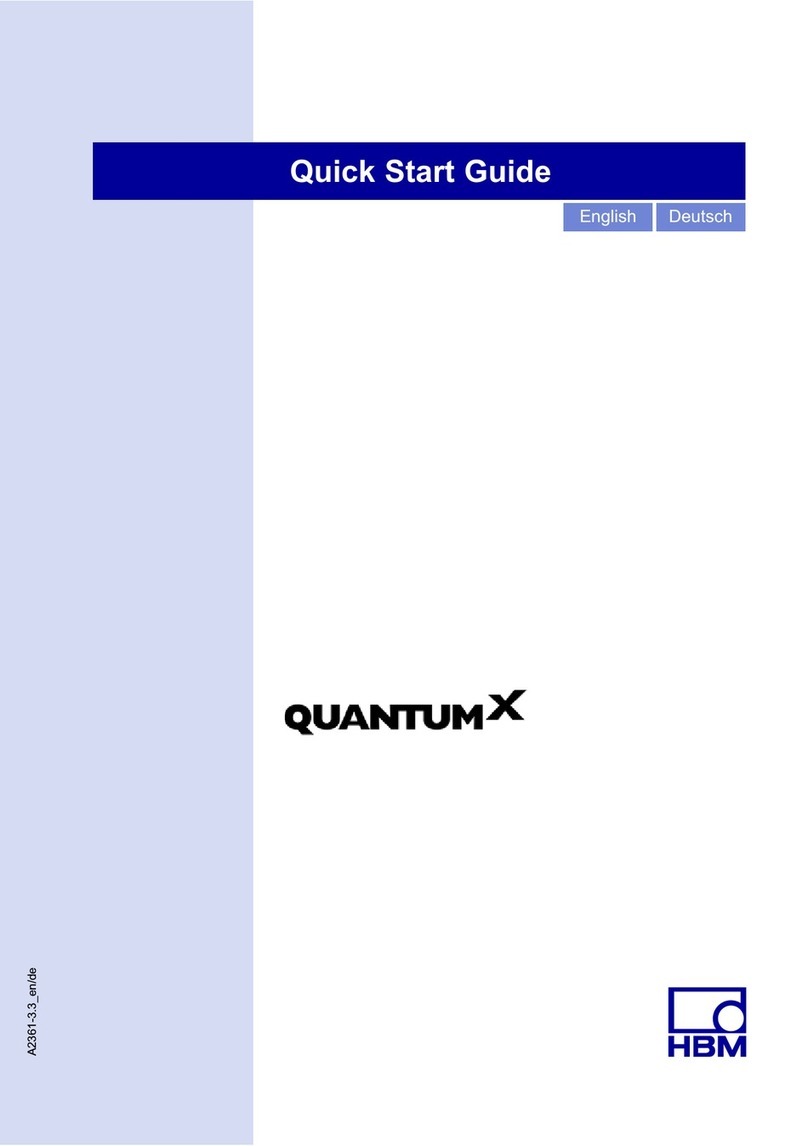Microedge Instruments iLog Series User manual

User’s Manual
Microedge Instruments Inc.
407 –15216 North Bluff Road
White Rock, BC, Canada, V4B 0A7
Toll Free: 1.877.352.9158
www.microedgeinstruments.com
Compact Data Loggers
iLog Series
407 –15216 North Bluff Road
White Rock, BC
Canada V4B 0A7
Phone: 604.424.9092
Toll Free: 1.877.352.9158
Fax: 1.877.453.0658
Email: info@microedgeinstruments.com
Web: www.microedgeinstruments.com

iLog Data Loggers User’s Manual Page 1/63
A
Ab
bo
ou
ut
t
t
th
hi
is
s
M
Ma
an
nu
ua
al
l
This manual contains operational information for iLog Data Loggers. Please read this manual
before using the data loggers.
Limits of Liability and Disclaimer of Warranty:
The manual contained in this document is furnished for informational use only and is subject to
change without notice.
Microedge Instruments Inc. shall not be liable for errors contained herein or for incidental or
consequential damages in connection with the furnishing, performance, or use of this material.
Copyright and Trademarks
This manual contains proprietary information which is protected by copyright. All rights are
reserved. No part of this document may be photocopied, reproduced, or translated to another
language without prior written consent of Microedge Instruments Inc.
Microedge Instruments Inc., iLog, SiteView are the trademarks of Microedge Instruments Inc.
All other trademarks and registered trademarks are the property of their respective owners.
Microedge Instruments Inc.
407 - 15216 North Bluff Road
White Rock, BC, Canada, V4B 0A7
Toll Free: 1.877.352.9158
Web-Site: www.microedgeinstruments.com
Email: [email protected]
Rev 1.3 For SiteView 4. May. 2018

iLog Data Loggers User’s Manual Page 2/63
C
Co
on
nd
di
it
ti
io
on
ns
s
o
of
f
S
Sa
al
le
e
a
an
nd
d
P
Pr
ro
od
du
uc
ct
t
W
Wa
ar
rr
ra
an
nt
ty
y
Microedge Instruments Inc. (MEI) and the Buyer agree to the following terms and conditions of Sale and
Purchase:
1. Limited Warranty.
MEI warrants its product(s) to be free from defects in materials and workmanship for a period of one year from the date of
registered purchase. Any unit which is found to be defective will, at the discretion of MEI, be repaired or replaced.
MEI will not be responsible for the repair or replacement of any unit damaged by user modification, negligence, abuse,
improper installation, or mishandling.
MEI reserves the right to alter any feature or specification at any time.
2. Limitation of Liability.
The product must NOT be used in applications where failure of the product could lead to physical harm or loss of human life.
Buyer is responsible to conduct their own tests to meet the safety regulation of their respective industry.
IN NO EVENT WILL MEI BE LIABLE TO ANY PARTY FOR ANY DIRECT, INDIRECT, INCIDENTAL, SPECIAL,
CONSEQUENTIAL OR PUNITIVE DAMAGES FOR USE OF THE PRODUCT, INCLUDING, WITHOUT LIMITATION,
LOST PROFITS OR REVENUES, COSTS OF REPLACEMENT, BUSINESS INTERRUPTIONS, LOSS OF DATA OR
DAMAGES RESULTING FROM USE OF OR RELIANCE ON THE PRODUCT, EVEN IF MEI IS EXPRESSLY
ADVISED ABOUT THE POSSIBILITY OF SUCH DAMAGES.
3. Extended Warranty.
Extended 2-year warranty service is available to purchase on new products at time of order entry and up to ninety days
thereafter. The extended warranty protects you from unbudgeted service expenses and provide additional 2 years of protection
at a fraction of the price of a repair.
4. Return Policy.
Defective Product Return:
A Buyer may return a defective product to MEI for repair or replacement, at MEI option, in the event MEI determines that the
product is defective. The defective product must be returned to MEI within the warranty period. The Buyer shall be
responsible for all shipping costs. Repaired or replaced products are warranted for the balance of the original warranty period,
or at least 90 days.
Non-defective Product Return:
Products that are not defective may be returned to MEI within 30 days from the date of shipment. All non-defective product
returns are subject to a 20% restocking fee. If the product is unsatisfactory for the application for which it was purchased, MEI
shall, at its option, either refund the purchase price paid by the Buyer or replace the product with one that is satisfactory for the
application. The Buyer shall be responsible for all shipping costs and restocking fee determined by MEI.
Method of Return:
Prior to returning the product, completely fill out the RMA Application Form, send it to MEI or contact MEI directly for a
Return Material Authorization number. All products returned to MEI must be securely packaged in the original shipping
materials and reach MEI without damage and shipped in accordance with Applicable laws, rules, and regulations. The products
must contain all software and accessories that were shipped to the Buyer in connection with the product.
5. MEI reserves the right to alter any feature or specification at any time.
Notes to Buyer:
If you disagree with any of the above terms or conditions you should promptly return the unit to the
manufacturer or distributor within 30 days from date of purchase.

iLog Data Loggers User’s Manual Page 3/63
TABLE OF CONTENTS
ABOUT THIS MANUAL................................................................................................................ 1
LIMITS OF LIABILITY AND DISCLAIMER OF WARRANTY: ................................................................ 1
COPYRIGHT AND TRADEMARKS ...................................................................................................... 1
1. INTRODUCTION........................................................................................................................ 6
1.1 FEATURES OF THE LOGGER........................................................................................................ 6
1.2 APPROVALS............................................................................................................................... 6
1.3 CARE OF THE LOGGER ............................................................................................................... 7
1.4 IDENTITY OF THE LOGGER ......................................................................................................... 7
1.5 BATTERY................................................................................................................................... 7
1.6 RECALIBRATION........................................................................................................................ 7
1.7 SAFETY WARNING .................................................................................................................... 8
Maximum Input Voltage Range ................................................................................................. 8
Maximum Input Current Range................................................................................................. 8
External Power Supply .............................................................................................................. 8
Grounding.................................................................................................................................. 8
2. HARDWARE & MECHANICAL DIMENSION..................................................................... 9
Logger Diagram:....................................................................................................................... 9
AUX Port Pin-out (Face-In) .................................................................................................... 10
USB Port Pin-out (Face-In)..................................................................................................... 11
3. CHANNELS AND SENSOR CONNECTIONS...................................................................... 11
ILOG VOLTAGE DATA LOGGER,MODEL:IVDC-10 ...................................................................... 11
Channel and Sensor Specifications: ........................................................................................ 12
ILOG CURRENT DATA LOGGER,MODEL:ICDC-25....................................................................... 12
Channel and Sensor Specifications: ........................................................................................ 12
ILOG THERMOCOUPLE DATA LOGGER,MODEL:ITC-80............................................................... 13
Channel and Sensor Specifications: ........................................................................................ 13
Measure Temperature:............................................................................................................. 14
ILOG THERMISTOR,MODEL:ITH-10............................................................................................. 14
Channel and Sensor Specifications: ........................................................................................ 15
Measure Resistance:................................................................................................................ 15
Measure Temperature:............................................................................................................. 15
ILOG STRAIN GAUGE/BRIDGE DATA LOGGER,MODEL:IBG-[X] ................................................. 17
What is a Strain Gauge............................................................................................................ 18
Quarter Bridge Circuit:........................................................................................................... 18
Half Bridge Circuit:................................................................................................................. 19
Full Bridge Circuit: ................................................................................................................. 19
Connect Strain Gauge to a Data Logger................................................................................. 20
Channel and Sensor Specifications: ........................................................................................ 22
4 BASIC FUNCTIONS.................................................................................................................. 22

iLog Data Loggers User’s Manual Page 4/63
BUILT-IN EQUATIONS ................................................................................................................... 22
MEASURING &LOGGING .............................................................................................................. 23
Start Time: ............................................................................................................................... 23
End Time:................................................................................................................................. 23
Sampling Interval: ................................................................................................................... 23
Logging Mode:......................................................................................................................... 24
DOWNLOADING DATA .................................................................................................................. 24
FIELD ACTIVATION ....................................................................................................................... 24
RESET DEVICE .............................................................................................................................. 25
STATUS LED................................................................................................................................. 26
ALARM1&A2/EXT TERMINALS.................................................................................................. 26
ALARM OUTPUT............................................................................................................................ 27
EXCITATION OUTPUT.................................................................................................................... 29
5. SOFTWARE............................................................................................................................... 31
SYSTEM REQUIREMENTS............................................................................................................... 31
COMMUNICATIONS INTERFACES ................................................................................................... 31
INSTALL SITEVIEW AND USB DRIVER.......................................................................................... 32
CONNECT DATA LOGGER.............................................................................................................. 37
ACTIVATE SITEVIEW .................................................................................................................... 40
MAIN WINDOW FRAME................................................................................................................. 42
Communication Panel.............................................................................................................. 42
Menu Bar ................................................................................................................................. 42
Tool Bar................................................................................................................................... 42
Main Working Panel................................................................................................................ 42
Information Log Panel............................................................................................................. 43
VIEW LOGGER STATUS ................................................................................................................. 43
General .................................................................................................................................... 45
Alarm & Excitation.................................................................................................................. 45
CONFIGURE LOGGER..................................................................................................................... 46
Description: ............................................................................................................................. 47
Sampling Interval: ................................................................................................................... 47
On-Board LED......................................................................................................................... 47
When Memory Full .................................................................................................................. 48
Time to Start & Time to End.................................................................................................... 48
Total Time Span....................................................................................................................... 48
Enabled.................................................................................................................................... 48
Channel Range......................................................................................................................... 48
Description............................................................................................................................... 48
Equation................................................................................................................................... 48
Cali. Low & Cali. High............................................................................................................ 49
Alarm/Excitation Selection ...................................................................................................... 49
Notify Alarm via Modem.......................................................................................................... 50
Alarm-On Delay....................................................................................................................... 50
Excitation Warm-up Delay ...................................................................................................... 50
Channel Alarm Settings ........................................................................................................... 50
DOWNLOAD LOGGER .................................................................................................................... 51

iLog Data Loggers User’s Manual Page 5/63
Filename & Browse ................................................................................................................. 53
Start Time & End Time ............................................................................................................ 53
REAL-TIME DISPLAY .................................................................................................................... 54
Show List.................................................................................................................................. 56
Show Graph ............................................................................................................................. 56
Vertical..................................................................................................................................... 56
Time Span................................................................................................................................. 56
Dataset..................................................................................................................................... 56
Settings..................................................................................................................................... 56
CALIBRATE A CHANNEL................................................................................................................ 57
Understand Cali. Low & Cali. High........................................................................................ 57
Decide On-Line or Off-Line Calibration................................................................................. 58
6. SPECIFICATIONS.................................................................................................................... 62
COMMON SPECIFICATIONS............................................................................................................ 62
LOGGING CAPACITY ..................................................................................................................... 63

iLog Data Loggers User’s Manual Page 6/63
1
1.
.
I
In
nt
tr
ro
od
du
uc
ct
ti
io
on
n
1.1 Features of the logger
Congratulations on purchasing the iLog series of data loggers! These portable battery powered
data loggers allow recording information and saving measurements to a 4MB flash memory for
later retrieval.
The internal lithium battery provides up to 12 years of instantaneous logging operation when
sampling at interval of one minute.
An iLog data logger can be manipulated by SiteView Windows software for data downloading,
logging management, and property configuration. It has both TTL-compatible serial port and
USB interface for different communications requirements.
An iLog data logger features a wide sampling interval range from 20 milliseconds to 12 hours,
providing alternative to data acquisition devices and paper chart recorders.
An iLog data logger provides alarm outputs controlled by the low and high programmable
alarm thresholds of each enabled channel. The alarm control outputs can be used to turn on/off
external alarm devices such as strobe lights, sirens or alarm telephone diallers.
An iLog data logger also has an excitation control output used to switch the power supply of the
external transducer/transmitter.
An iLog data logger contains one internal thermistor channel, and one external process signal
channels. The 16-bit analog-to-digital converter makes the measurements more precise and
accurate.
And iLog data logger also has a rugged, splash resistant aluminum enclosure.
1.2 Approvals
All iLog Series data loggers are in conformity with the EN standard(s) listed below:
EN 61000-6-2:[2005]
General standards –Immunity for industrial environments
EN 61000-6-3:[2007]

iLog Data Loggers User’s Manual Page 7/63
General standards –Emission standard for residential, commercial and light-
industrial environments
following the provisions of the following directive(s)
2004/108/EC Electromagnetic compatibility (EMC)
All iLog Series of data loggers comply with Part15 of the FCC Rules. Operation is subject to
the following two conditions:
1. These devices may not cause harmful interference, and
2. These devices must accept any interference received, including interference that may cause
undesired operation.
1.3 Care of the logger
Although the iLog data loggers are weather resistant, the loggers are designed to work in-door
and in humid atmospheres of up to 95% RH non-condensing. They should be protected against
immersion. The environment temperature should be within –40 to +70°C (-40 to + 158°F).
1.4 Identity of the logger
Each logger has its own unique serial number, which can be found on the back of the enclosure.
The serial number is used to identify the logger and enable us to keep a record of its history like
calibrations and warranty. Please reference it in any correspondence with MEI.
1.5 Battery
The battery lasts in excess of 12 years when sampling at 1-minute intervals. When the battery is
nearing the end of its service life, the on-board status LED will glow in amber each time the
logger is sampling the data. The battery indicator on the status window in SiteView software
will also display warning of low battery level. The battery operates approximately one or two
weeks from the time the logger first indicates a low battery, but we recommend that the battery
be changed as soon as the warning is displayed. The battery is factory replaceable only.
1.6 Recalibration
Any iLog data logger is supplied with all channels pre-calibrated and should not require any
further recalibration for a period of 12 months.

iLog Data Loggers User’s Manual Page 8/63
We recommend the logger be recalibrated every year. You may recalibrate the logger longer
than a year depending on your application standard.
You may return the logger to the supplier for recalibration service or recalibrate it on your own
via SiteView software.
SiteView software provides two-point calibration for the most of the loggers.
1.7 Safety Warning
Maximum Input Voltage Range
For logger model: iVDC-10, iTC-80:
The logger is designed to measure single common ground DC voltages in the range up to 10
VDC. Any voltages over this range may cause permanent damage to the device.
For logger model: iBG-[X]:
The logger is designed to measure strain gauge/bridge signal up to ±520mVDC. Any
voltages over this range may cause permanent damage to the device.
Maximum Input Current Range
For logger model: iCDC-25:
The logger is designed to measure single common ground DC current in the range up to 25
mA. Any current over this range may cause permanent damage to the device.
External Power Supply
When using external power supply (via USB, Serial Port, Device Server, or thirty party +5
VDC power supply) to power the logger please make sure that the external power supply has
the same common ground with the external input process signals.
When using other third party external power supplies, please make sure the voltage of the
external power supply is +5 VDC (+/- 5% ripple).
Grounding
The common ground of the iLog data logger is connected directly to the ground of the input
process signals and the ground of the external power supply (if applicable).

iLog Data Loggers User’s Manual Page 9/63
2
2.
.
H
Ha
ar
rd
dw
wa
ar
re
e
&
&
M
Me
ec
ch
ha
an
ni
ic
ca
al
l
D
Di
im
me
en
ns
si
io
on
n
Logger Diagram:
Common Ground
Terminal Block
Alarm Controls
USB Port
Activation Button
AUX Port
Status LED
Thermistor
Mounting Pane
Site-Log
Data Logger
iLog Data Logger

iLog Data Loggers User’s Manual Page 10/63
86 mm
64.2 mm
24 mm
11 mm
Site-Log
Data Logger
Dimension: 88 X 64.2 X 24 MM
3.46 X 2.53 X 0.95 Inches
AUX Port Pin-out (Face-In)
1 2 3 4 5 6
Pin1: Alarm1 (Same as ALARM1 on the terminal block)
Pin2: External Power Supply (+5 VDC)
Pin3: Logger Communications Receiver Line (RX)
Pin4: Logger Communications Transmitter Line (TX)
Pin5: Common Ground (COM, GND)
Pin6: Alarm2/Excitation (Same as A2/EXT on the terminal block)
iLog Data Logger

iLog Data Loggers User’s Manual Page 11/63
USB Port Pin-out (Face-In)
15
432
Pin1: External Power Supply (+5 VDC)
Pin2: Logger Communications Receiver Line (RX)
Pin3: Logger Communications Transmitter Line (TX)
Pin4: Common Ground (COM , GND)
3
3.
.
C
Ch
ha
an
nn
ne
el
ls
s
a
an
nd
d
S
Se
en
ns
so
or
r
c
co
on
nn
ne
ec
ct
ti
io
on
ns
s
Most of iLog data loggers have one on-board thermistor located beside the status LED.
All “COM” terminals are connected together and should be connected to the common ground of
the process signals.
iLog Voltage Data Logger, Model: iVDC-10
Besides the on-board thermistor channel, the logger has one external voltage DC channel used
to measure single-ended voltage DC signal maximum of 10 volt. The following figure
illustrates the correct input connections:
Voltage External Input Connections
Note: All inputs must share the same common ground.

iLog Data Loggers User’s Manual Page 12/63
Channel and Sensor Specifications:
Connections:
Pluggable terminal block for one external channels, excitation
controls and alarm outputs
Channels:
CH0: on-board thermistor (-40 ~ +70°C) (-40 to + 158°F).
CH1: external 0-10VDC.
Resolution:
0.0018%
Accuracy:
Thermistor channel:±0.2°C(0°C ~ 70°C)
Voltage channel: ±0.05% FSR @ 25°C
Input Impedance:
> 1 Mohms
Over-voltage protection:
±40 VDC
iLog Current Data Logger, Model: iCDC-25
Besides the on-board thermistor channel, the logger has one external current DC channel used
to measure single-ended current DC signal maximum of 25 mA. The following figure illustrates
the correct input connections:
Current External Input Connections
Note: All inputs must share the same common ground.
Channel and Sensor Specifications:
Connections:
Plugeable terminal block for one external channels, excitation
controls and alarm outputs

iLog Data Loggers User’s Manual Page 13/63
Channels:
CH0: on-board thermistor (-40 ~ +70°C) (-40 to + 158°F).
CH1: external 0-25mA current DC
ADC Resolution:
0.0018%
Accuracy:
Thermistor channel: ±0.2°C(0°C ~ 70°C)
Current channel: ±0.1% FSR @ 25°C
Load Resistance:
12 Ohm
Over-current Protection
±100 mA
iLog Thermocouple Data Logger, Model: iTC-80
Besides the on-board thermistor channel, the logger has one external voltage DC channel used
to measure thermocouple sensor. The following figure illustrates the correct input connections:
Thermocouple Input Connections
Note: All inputs must share the same common ground.
Channel and Sensor Specifications:
Connections:
Plugeable terminal block for one external channel, excitation
controls and alarm outputs
Channels:
CH0: on-board thermistor (-40 ~ +70°C) (-40 to + 158°F).
CH1 external Voltage DC with input range: -8 to +73 mV
Resolution:
0.0018%
Accuracy:
Thermistor channel: ±0.2°C(0°C ~ 70°C)
Voltage channel: ±0.1% (0.08 mV) @ 25°C + T/C Accuracy
Over-voltage protection:
±20 VDC

iLog Data Loggers User’s Manual Page 14/63
Measure Temperature:
Based on the thermocouple type you want to use and the desired temperature range you want
to measure you can select the correct factory thermocouple equation:
For detailed temperature range and voltage –temperature look-up table of a specific
thermocouple type please refer to NIST’s website at:
http://srdata.nist.gov/its90/download/download.html
iLog Thermistor, Model: iTH-10
Besides the on-board thermistor channel, the logger has one external channel used to measure
the external thermistor or resistor. The following figure illustrates the correct input connections:
Thermistor External Input Connections
Note: All inputs must share the same common ground.

iLog Data Loggers User’s Manual Page 15/63
Channel and Sensor Specifications:
Connections:
Plugeable terminal block for one external channel, excitation
controls and alarm outputs
Channels:
CH0: on-board thermistor (-40 ~ +70°C (-40 to + 158°F).
CH1 external thermistor/resistor
Resolution:
0.0018%
Accuracy:
Thermistor channel: ±0.2°C(0°C ~ 70°C)
External channel: ±0.2% FSR @ 25°C
Measure Resistance:
Select “Resistance” equation to measure resistance.
Measure Temperature:
The simple way to measure temperature is by using built-in “Temperature” equation. You
select “Temperature” in “Equation” column:
Then you need to change temperature coefficient values by clicking “Change Coefficients”
button in “Action” column:
In the pop-up dialog enter new temperature coefficient values and click “OK” button.

iLog Data Loggers User’s Manual Page 16/63
You can also use a custom equation to do the same job or even more complicated
calculation. An example of external thermistor equation is included in SiteView package.
When you create your own equation you can refer to this equation and replace those
temperature coefficients with the ones obtained from the thermistor manufacturer. The
contents of the sample equation looks like this:

iLog Data Loggers User’s Manual Page 17/63
Once you have created your equation, you can apply it to the channel:
iLog Strain Gauge/Bridge Data Logger, Model: iBG-[X]

iLog Data Loggers User’s Manual Page 18/63
iBG logger has one external strain gauge/bridge differential voltage and one excitation sense
channel to measure the excitation power supply.
iBG provide seven models for different input ranges:
Model
Input Range
iBG-8
± 8mV
iBG-16
± 16mV
iBG-32
± 32mV
What is a Strain Gauge
A strain gauge (also strain gage) is a device used to measure the strain of an object.
The gauge is attached to the object by a suitable adhesive. As the object is deformed, the foil is
deformed, causing its electrical resistance to change. This resistance change, usually measured
using a Wheatstone bridge, is related to the strain by the quantity known as the gauge factor.
The gauge factor GF is defined as:
where
is the change in resistance caused by strain,
is the resistance of the undeformed gauge, and
is strain.
A Wheatstone bridge is an electrical circuit used to measure an unknown electrical resistance by
balancing two legs of a bridge circuit. The Wheatstone bridge consists of four resistances (R1,
R2, R3 and R4), an excitation voltage and an output voltage. Generally, one or more of the
resistances are variable and change in accordance with some physical phenomenon, such as
strain in this case. The Wheatstone bridge then converts this change in resistance to a change in
voltage.
There are 3 configurations are used - quarter bridge, half bridge or full bridge.
Quarter Bridge Circuit:
Only one active strain gauge (Rg) is used as shown below. R3 is the inactive gauge, which is
identical to the active gauge but does not encounter any mechanical strains and is used for
compensating the temperature effect. The other two arms contain fixed resistors.

iLog Data Loggers User’s Manual Page 19/63
Half Bridge Circuit:
If the dummy gauge in the above figure is replaced by an active gauge, as shown below, the
resulting arrangement is called a half bridge. The half bridge has advantages for temperature
compensation and higher bridge sensitivity over the quarter bridge so that small strain levels can
be detected more accurately.
Full Bridge Circuit:
If four active gauges are employed in the circuit, the arrangement is called Full Bridge as shown
below. It is automatically temperature compensated when all four active gauges bonded on the
same material, and the highest sensitivity is obtained.
Table of contents
Popular Data Logger manuals by other brands

MadgeTech
MadgeTech MadgeNET RFTCTemp2000A Product user guide

GRAPHTEC
GRAPHTEC GL840 quick start guide
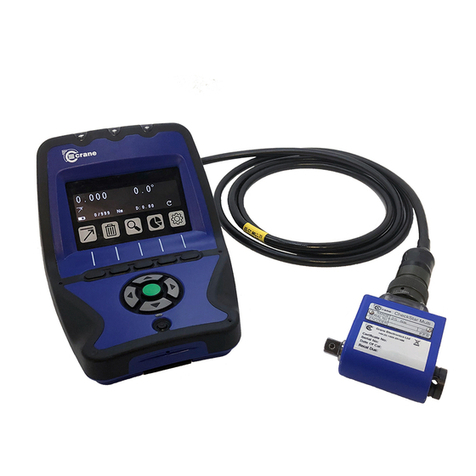
Crane Electronics
Crane Electronics TorqueStar Lite quick start guide
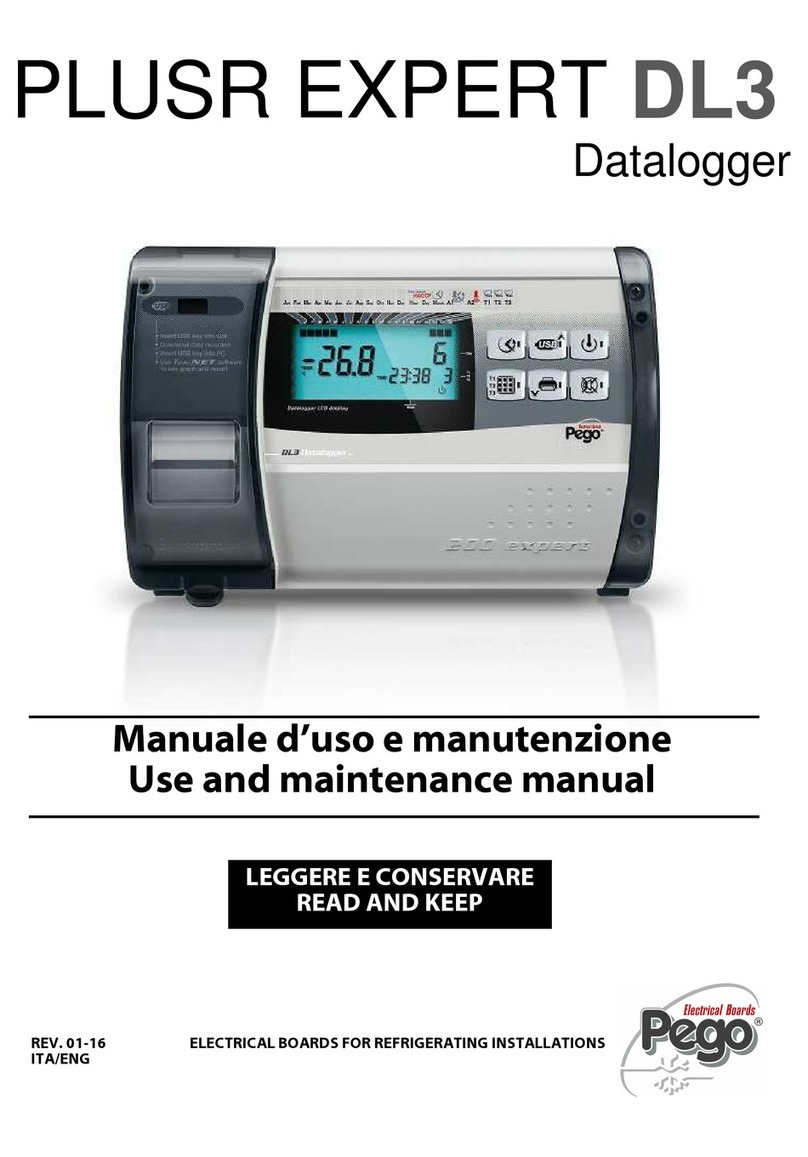
Pego
Pego PLUSR EXPERT DL3 Use and maintenance manual
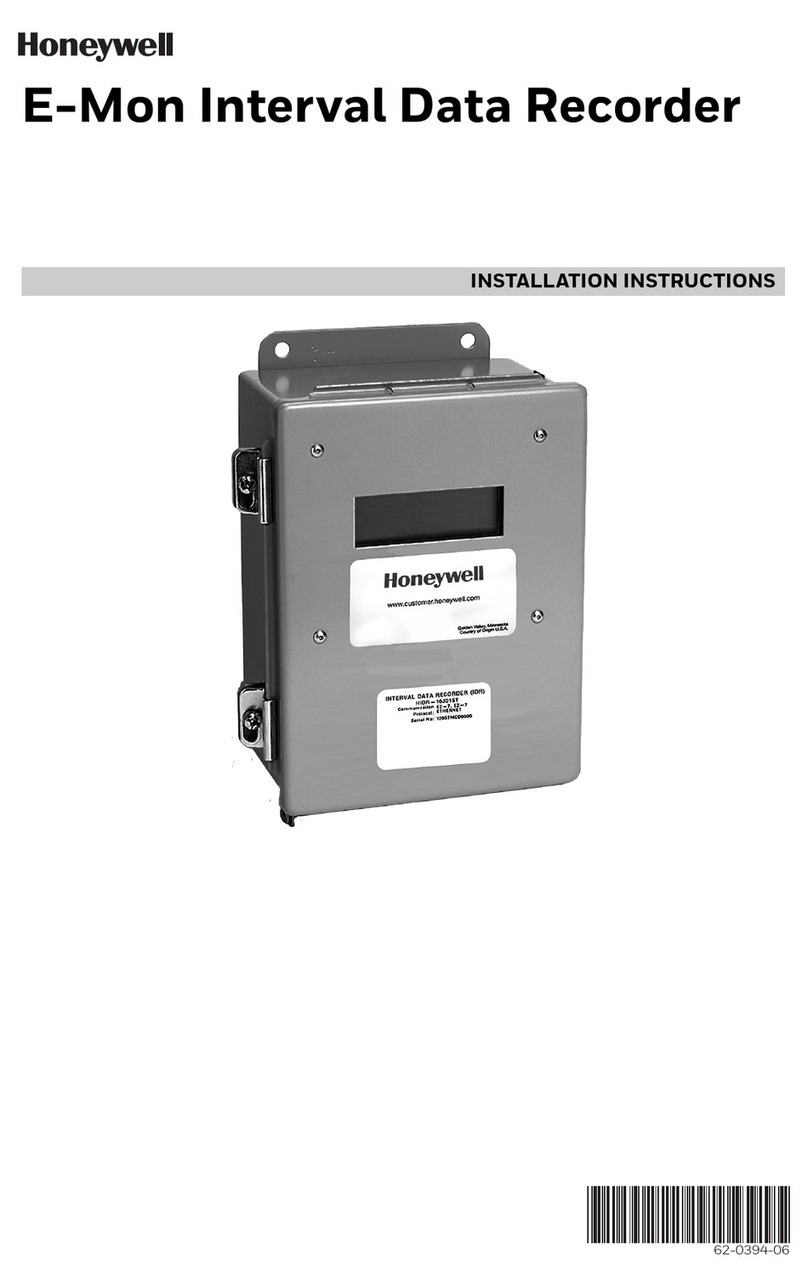
Honeywell
Honeywell E-Mon IDR Series installation instructions
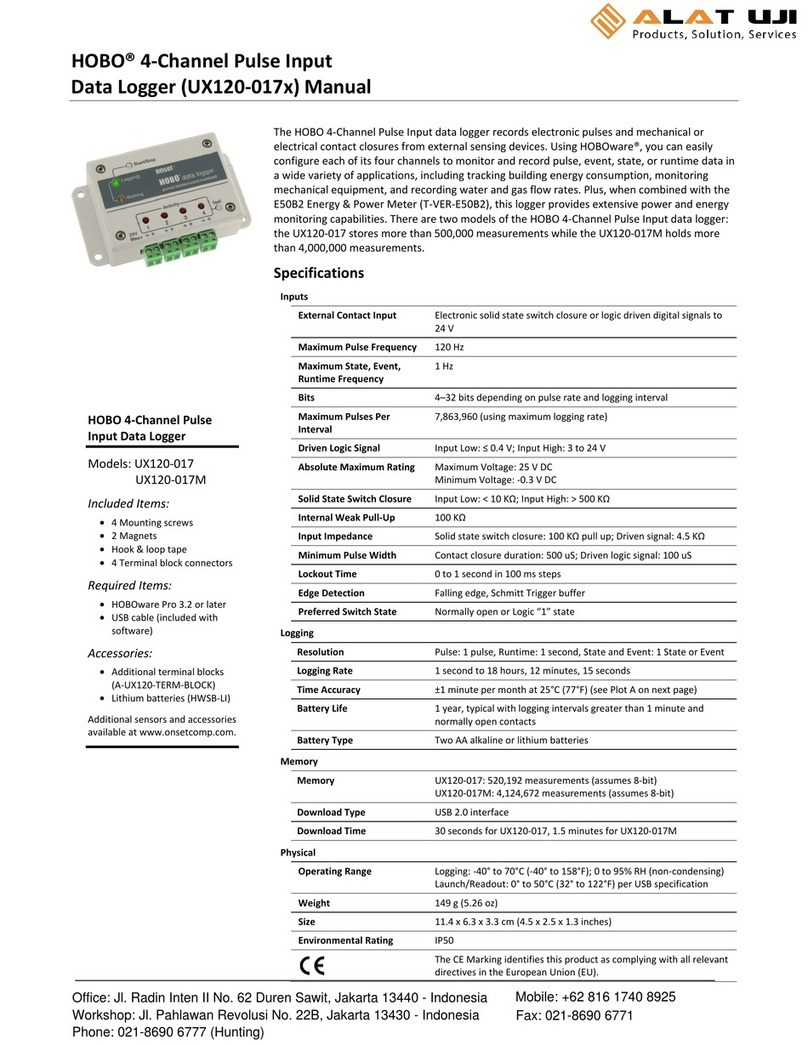
ALAT UJI
ALAT UJI HOBO UX120-017 manual
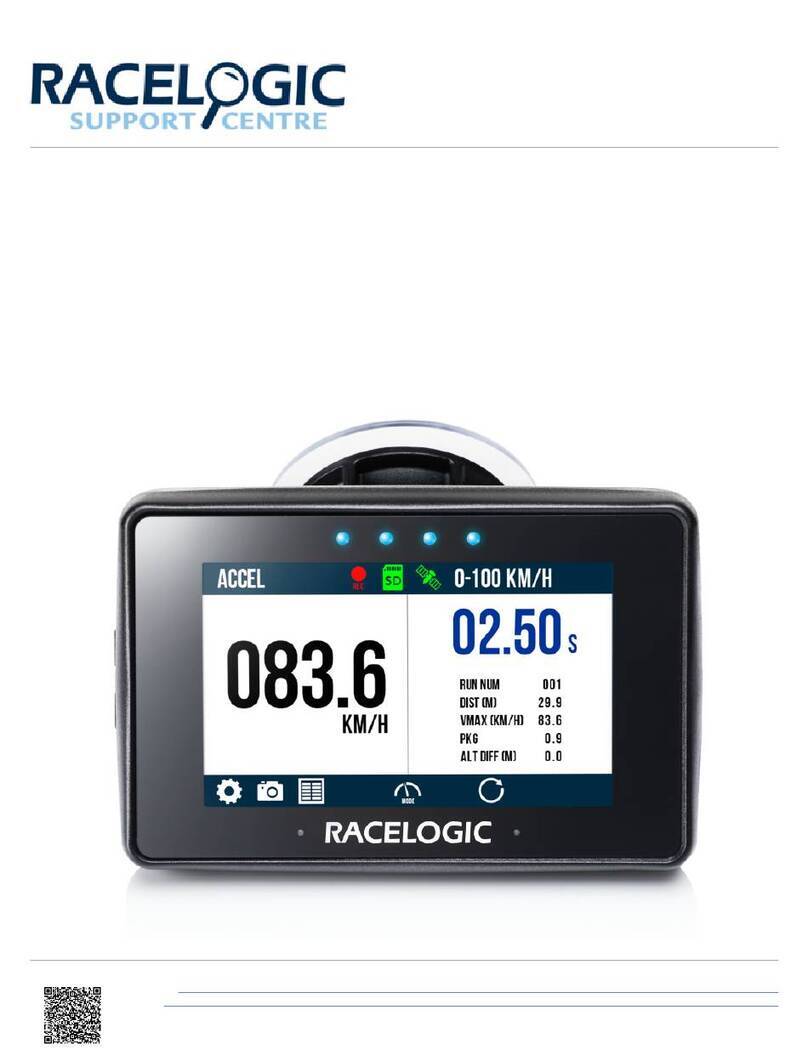
Racelogic
Racelogic Performance Box Touch V1 manual
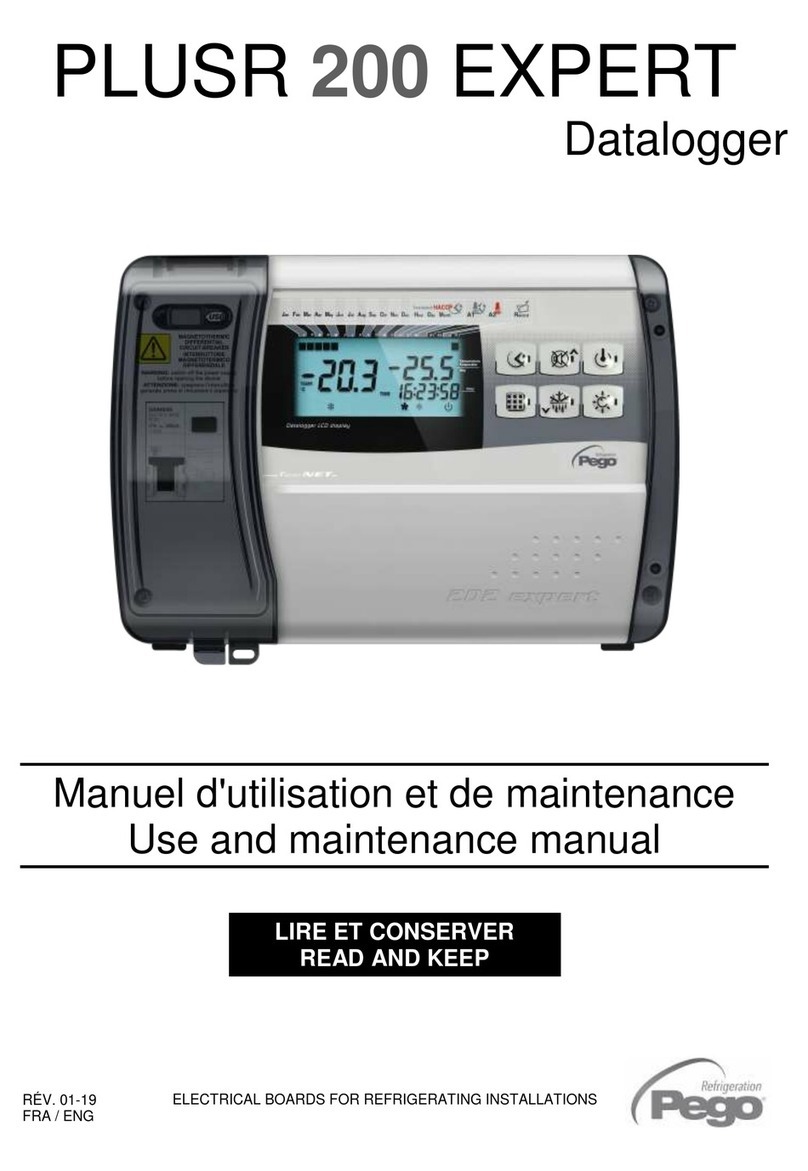
Pego
Pego PLUSR 200 EXPERT Use and maintenance manual
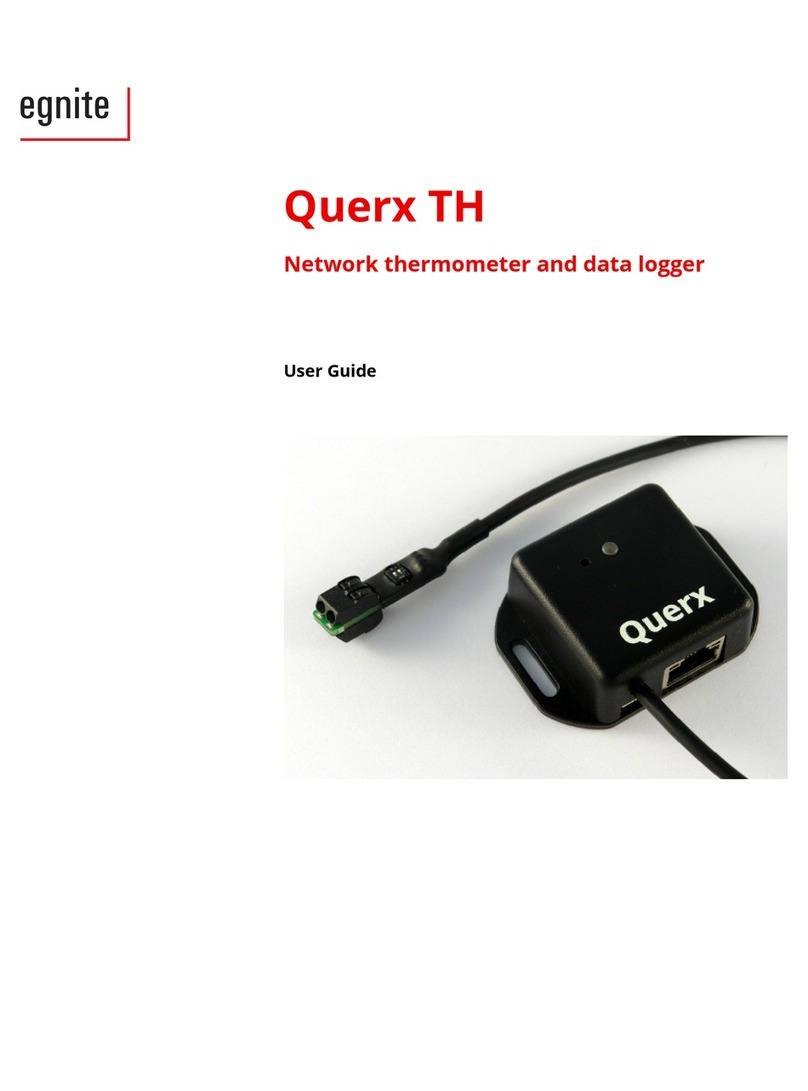
Egnite
Egnite Querx TH user guide
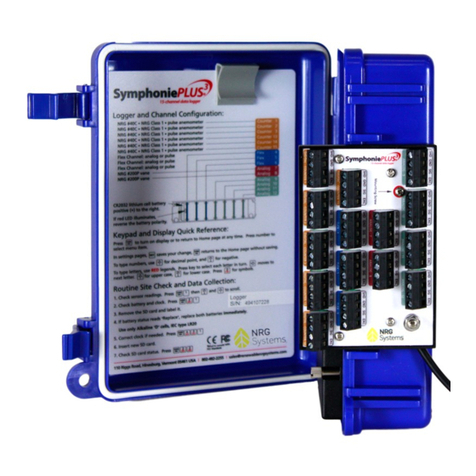
NRG Systems
NRG Systems SymphoniePLUS instructions
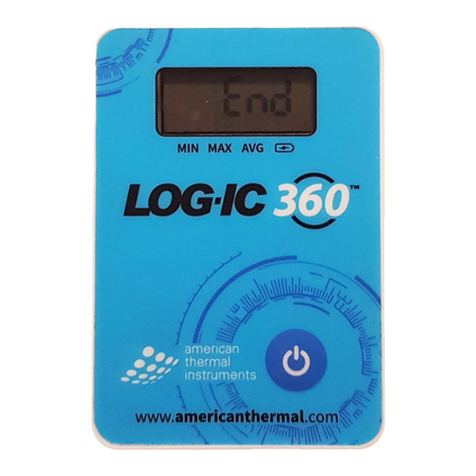
American Thermal Instruments
American Thermal Instruments LOG-IC 360 user guide
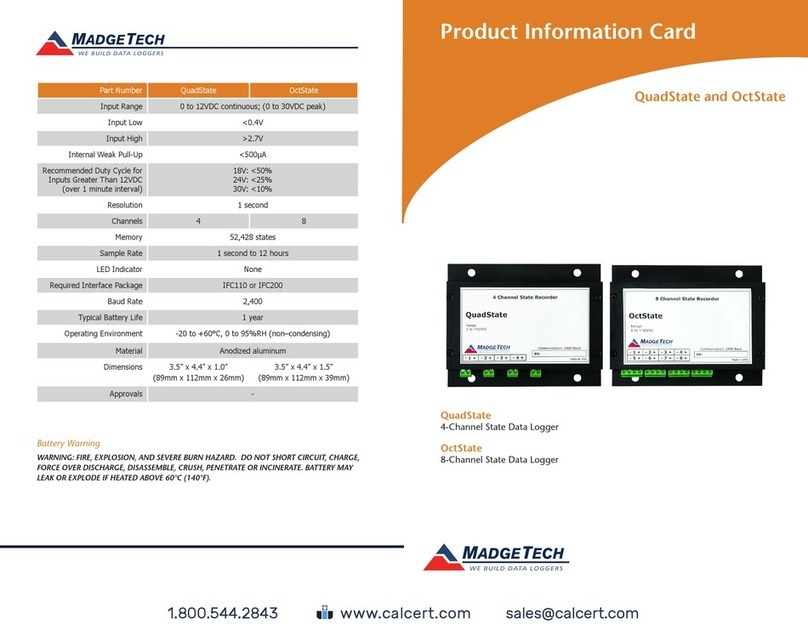
MadgeTech
MadgeTech QuadState Product Information Card
